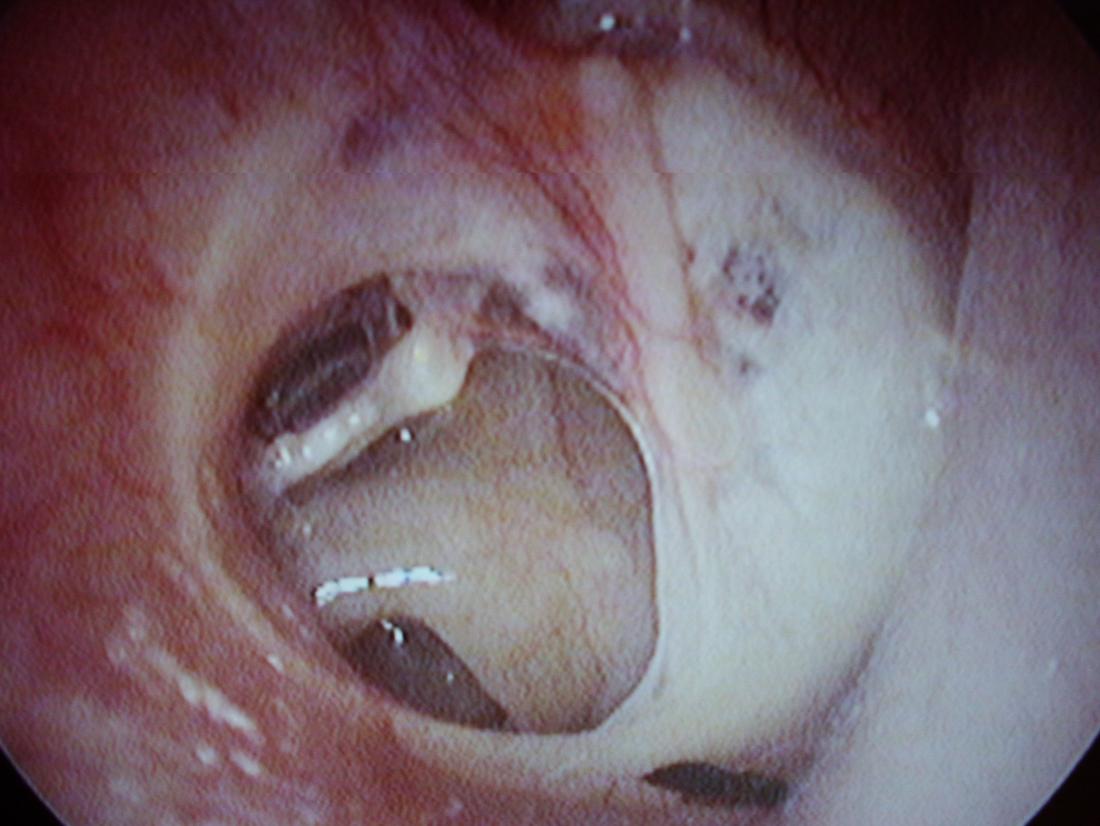
There are some risks that you must be aware of before giving consent to this treatment. The success rate is not quite so good if the hole is large. You may have an external dressing and a head bandage for a few hours. The operation can successfully close a small hole nine times out of ten. This eardrum 'graft' is placed against the eardrum. The material used to patch the eardrum is taken from under the skin. Occasionally, your surgeon may need to widen the ear canal with a drill to get to the perforation. A cut is made behind the ear or above the ear opening. The operation is almost always done under general anaesthetic. You may wish to ask your own GP to arrange a second opinion with another specialist. He or she will not mind arranging this for you. If you would like to have a second opinion about the treatment, you can ask your specialist. You may change your mind about the operation at any time, and signing a consent form does not mean that you have to have the operation. You should discuss with your surgeon whether to wait and see, or have surgery now. If the hole in the eardrum has only just occurred, no treatment may be required. It may result in improved hearing, but repairing the eardrum alone seldom leads to great improvement in hearing. Repairing the hole means that you should get fewer ear infections. The benefits of closing a perforation include prevention of water entering the middle ear, which could cause ear infection. If the hole is large then you may experience some hearing loss. A hole in the eardrum can be identified by an ENT specialist using an instrument called an ‘auriscope'.Īn operation to repair the perforation is called a 'myringoplasty'. If you have an infection you should avoid getting water in the ear. However it may cause recurrent infections with a discharge from the ear. Sometimes it does not cause any problems.

Quite often a hole in the eardrum may heal itself.



 0 kommentar(er)
0 kommentar(er)
